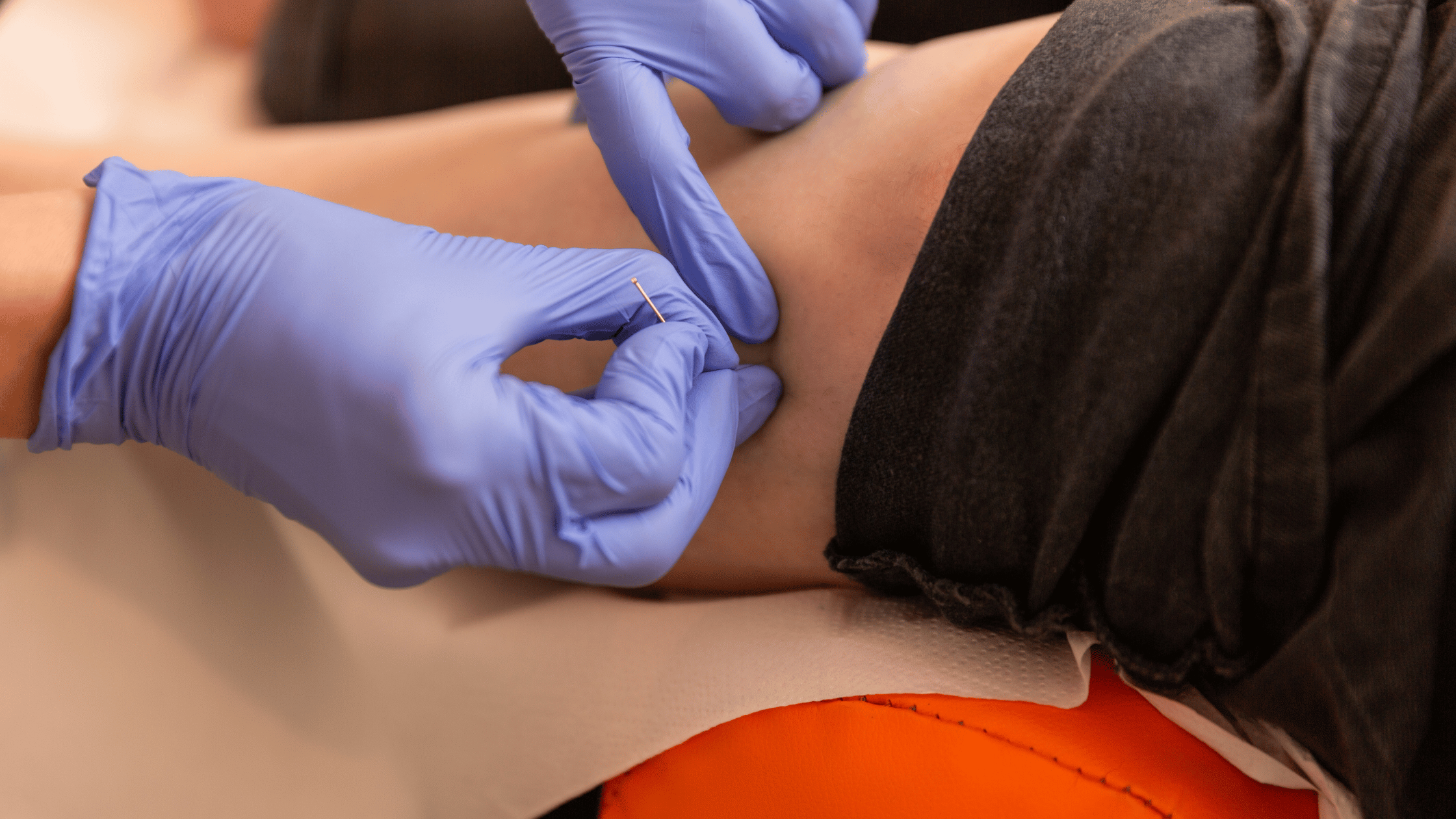Dry Needling For Runners: Enhancing Recovery and Performance

Licensed Physical Therapist, PT, DPT // Director of Marketing and Sales // Certified Dry Needling Specialist // EW Motion Therapy Homewood
Runners, known for their dedication and endurance, often face musculoskeletal challenges. As they push their limits, the repetitive stress and strain on their bodies can lead to various conditions. This is where dry needling, a unique and effective therapy, comes into play, offering relief and improved performance. Dry needling often works best when combined with physical therapy - many of our physical therapists at EW Motion Therapy are dry-needling certified. They can incorporate it into any runner’s treatment plan. But even if you decide that our services don’t fit your needs, you can still read on as we explore dry needling for runners, its benefits, common conditions it can alleviate, and how it integrates with physical therapy and other treatments.
Understanding dry needling
Dry needling is a treatment intervention designed to ease muscular pain. Its popularity is growing among healthcare professionals, including physical therapists. The procedure involves a thin needle penetrating the skin to stimulate underlying myofascial trigger points and muscular and connective tissues. The aim is to relieve pain, reduce muscle tension, and improve mobility.
How runners benefit from dry needling
Runners can reap significant benefits from dry needling. It helps in:
- Alleviating pain: By targeting trigger points, dry needling can reduce pain in areas stressed by running.
- Enhancing recovery: It speeds up recovery by improving blood flow to the affected muscles.
- Increasing flexibility: Reducing muscle tension enhances flexibility, which is crucial for runners to maintain stride efficiency and prevent injuries.
Common conditions in runners addressed by dry needling
Plantar fasciitis
Plantar fasciitis, a common condition among runners, causes pain in the heel and bottom of the foot. Dry needling can help by releasing tension in the surrounding muscles, decreasing inflammation in the plantar fascia, providing relief, and aiding in recovery.
Iliotibial band (IT band) syndrome
IT band syndrome is characterized by pain on the outside of the knee. Dry needling can effectively decrease inflammation in the IT band and the muscles attached to it, reducing tone and pain.
Patellar tendinopathy
This condition, often called "runner's knee," involves pain around the kneecap. Dry needling can target the surrounding musculature, including quadriceps, hamstrings, and calf muscles, easing tension and pain.
Hamstring strain
Runners often suffer from hamstring strains. Dry needling can assist in decreasing the tone of the hamstring and glute muscles, promoting healing, and preventing recurrent injuries.
Achilles tendinopathy
Achilles tendinopathy is a common overuse injury in runners. Dry needling can help reduce the strain on the Achilles tendon by releasing tight calf muscles and improving your gait.
Integrating dry needling with other treatments
Complementary to physical therapy
Dry needling is most effective when combined with a comprehensive physical therapy program. Physical therapists can integrate it into a broader treatment plan that includes exercises, stretches, and other modalities. This combination approach ensures a more holistic recovery and performance enhancement for runners.
Synergy with other treatments
Alongside dry needling, runners can benefit from a variety of treatments:
- Stretching and strengthening exercises: Essential for improving flexibility and muscle strength, reducing the risk of injury.
- Massage therapy: Helps in muscle relaxation and improving circulation.
- Heat and cold therapy: Aids in reducing inflammation and pain.
- Orthotics: Custom insoles can provide additional support and correct biomechanical imbalances.
Safety and considerations
Dry needling is generally safe when performed by a qualified professional. However, like any treatment, it carries some risks, such as minor bleeding or bruising at the needle site. Although beneficial for many, dry needling is not suitable for everyone. Individuals with needle phobia, pregnant women, and those with certain medical conditions should consult with a healthcare provider before considering this treatment.
Dry needling, combined with physical therapy and other treatments, offers a comprehensive approach to addressing runners’ unique challenges. By focusing on the symptoms and underlying causes of running-related conditions, dry needling is valuable in a runner's recovery and performance toolkit.
Remember, the key to effective treatment is a personalized approach. Consulting with a physical therapist who understands runners’ specific needs and goals is crucial. Whether you're a seasoned marathoner or a weekend jogger, integrating dry needling into your wellness routine could be a game-changer in your running journey. Many of our physical therapists at EW Motion Therapy are dry-needling certified and can incorporate the treatment into your plan if they feel it beneficial. To learn more about dry needling, click the button below to download our answers to 20 frequently asked questions.


